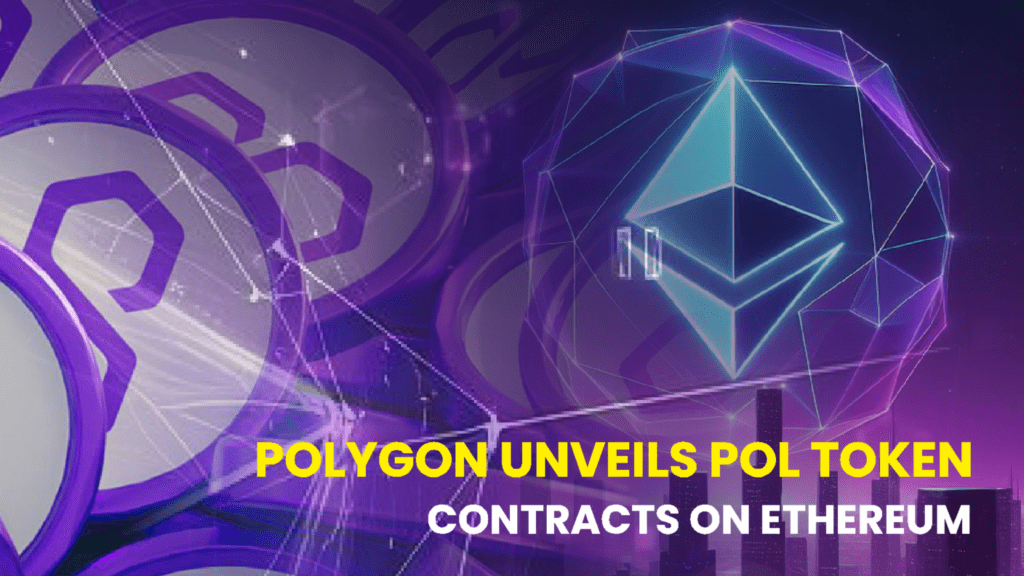The Essence of Textual Content: Perplexity, Burstiness, and Predictability
In the realm of crafting textual content, three essential factors come into play: “perplexity,” “burstiness,” and “predictability.” Perplexity gauges the intricacy of the text, measuring how complex it is. Burstiness, on the other hand, assesses the variance within sentences, encompassing a mixture of lengthy and intricate sentences alongside shorter ones. Lastly, predictability examines the likelihood of accurately predicting the forthcoming sentence.
Typically, human authors infuse their compositions with bursts of creativity, characterized by the presence of diverse sentence lengths and complexities. In contrast, AI-generated content tends to exhibit uniformity in sentence structure. Hence, for the content that follows, I shall endeavor to infuse it with ample perplexity and burstiness while maintaining a low level of predictability. I shall adhere to English as the chosen language for this endeavor.
The Arrival of POL Token on Ethereum
The team successfully transitioned the POL token contract to the Ethereum network, setting the stage for its future replacement of MATIC.
Polygon Labs has unveiled the Ethereum contract for the all-new Polygon token, known as POL, in an announcement dated October 25. This innovative token is poised to take the place of the current MATIC token in the ecosystem.
Trading at $0.6165, MATIC users have been reassured by the team that they need not swap their MATIC for POL at the moment.
As per blockchain data, the birth of this new token occurred on October 25 at precisely 9:06 AM UTC. Its official moniker is “Polygon Ecosystem Token.” In the announcement, the Polygon team has proclaimed that POL will be the driving force behind a comprehensive array of zero knowledge-based Layer 2 chains. This will be achieved through the implementation of a “re-staking protocol,” enabling tokenholders to stake POL on multiple chains, enabling multifaceted functionality.
The launch of this token will clear the path for the realization of various elements of the Polygon 2.0 roadmap. This includes the introduction of a fresh staking layer for the Polygon ecosystem, an upgrade of the present proof-of-stake (PoS) network to zkEVM layer-2, and the establishment of a shared liquidity protocol encompassing all Polygon networks, as outlined in the announcement.
It’s crucial to emphasize that, at the moment, POL is not in active use within the Polygon network for any systems. Staking activities for both Polygon PoS and Polygon zkEVM are still facilitated using the former token, MATIC. Furthermore, gas fees on the PoS network continue to be settled with MATIC. Consequently, users, validators, and application developers are not currently required to exchange their MATIC for POL.
Polygon Labs initially disclosed its intentions to develop a novel layer-2 ecosystem on June 29, which they aptly named “Polygon 2.0.” Subsequently, on September 14, the team made the pivotal announcement that Polygon 2.0 would adopt a new token, POL. However, it’s worth noting that, at that juncture, the token remained in the proposal stage and had not yet been deployed on the Ethereum network.
Polygon’s proposed layer-2 ecosystem is set to leverage zero-knowledge proofs to authenticate transactions across networks. It will face competition from the Optimism ecosystem, championed by Optimism Labs, which intends to utilize optimistic rollup technology for securing message transmission between networks.


